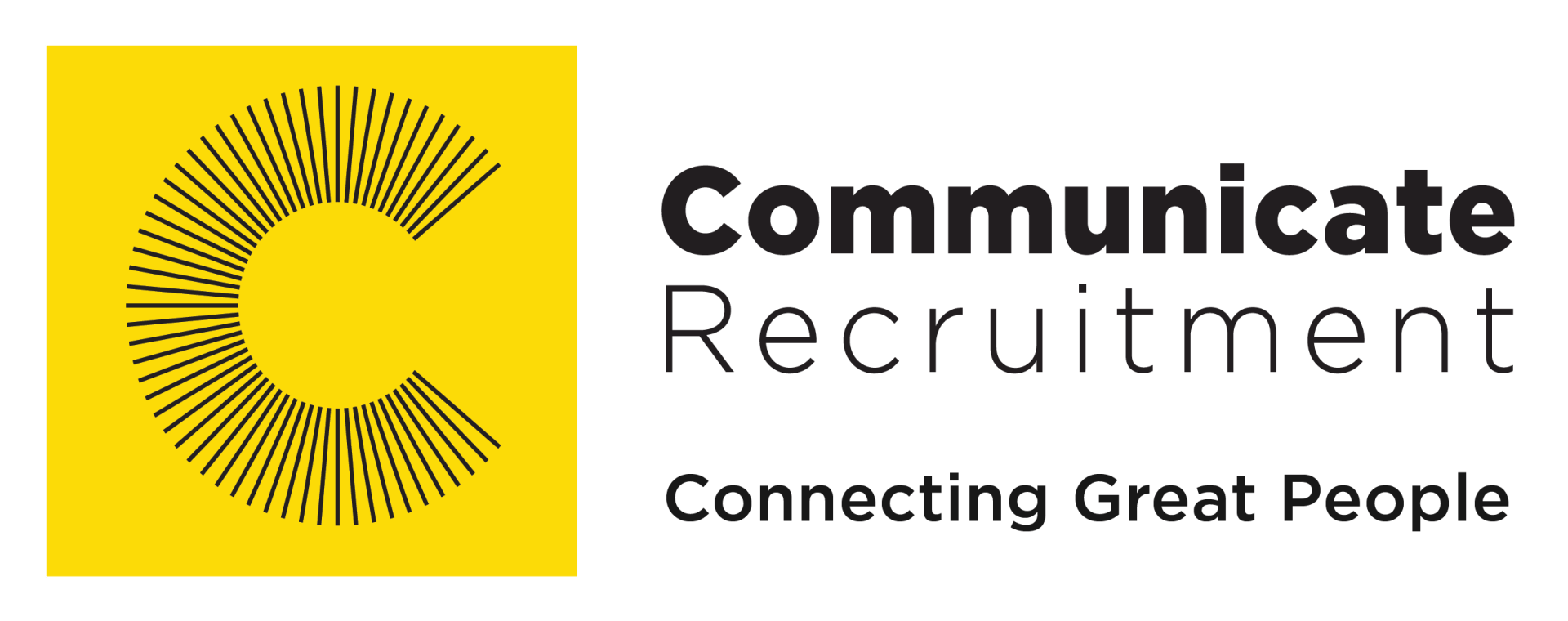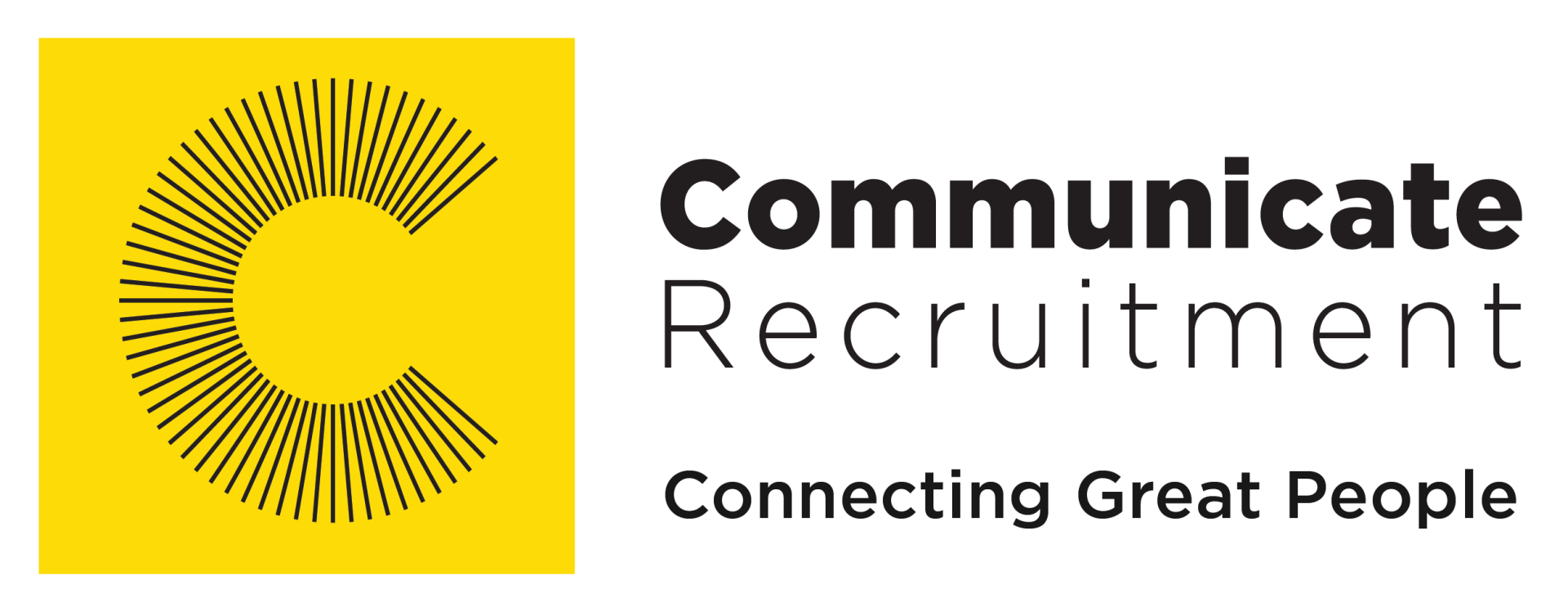The Engineering Skills your Electrical, Mechanical, HVAC and Refrigeration, and Building Services Team Need to Stay Competitive in 2026 - A Guide
Emerging capabilities and hiring priorities for South African engineering leaders.
As 2026 approaches, engineering teams are entering a new era of technical depth and digital fluency. Across every discipline - from electrical to
HVAC - projects are becoming smarter, more interconnected, and more sustainability-driven.
For engineering leaders, the challenge is no longer simply finding qualified professionals. It’s building teams with the right mix of emerging skills that will keep projects efficient, compliant, and future-ready.
At Communicate Recruitment, we work with engineering firms and project owners navigating these shifts daily. Here’s what we’re seeing as the most in-demand skills for 2026 and how hiring managers can integrate them into their workforce planning.
2026 Key Skills for Mechanical and Industrial Engineering
| Skill | Description |
|---|---|
| Predictive Engineering Analytics (PEA) | Engineers capable of designing and optimising systems through simulation, real-time data, and analytics, rather than post-failure fixes. [1][5] |
| AR-enhanced maintenance and training | Professionals experienced in using augmented reality for on-site assembly, commissioning, and troubleshooting. [3] |
| Advanced materials and metamaterials | Expertise in lightweight, high-performance materials that redefine strength and efficiency. [1][4][5] |
| Smart automation and robotics integration | Engineers who can bridge robotics, sensors, and human-machine collaboration under the principles of Industry 5.0. [2][5] |
Why it matters:
Mechanical teams that combine digital tools with traditional rigour can shorten development cycles, improve precision, and reduce downtime. The payoff isn’t just speed - it’s resilience against disruption.
2026 Key Skills for Electrical Engineering
| Skill | Description |
|---|---|
| Smart grid and microgrid design | Engineers with expertise in hybrid renewable systems, energy storage, and inverter technologies. |
| Low-GWP / High-efficiency systems | Specialists who design for energy efficiency and compliance with evolving climate regulations. |
| Cyber-Physical Systems (CPS) | The skill to design secure, interlinked systems where power, control, and data converge. |
| Embedded intelligence | Experience in sensor integration and real-time analytics to create responsive, self-optimising systems. |
Why it matters:
As grids decentralise and electrification accelerates, electrical engineers must master both traditional systems and digital oversight. Those who can balance hardware expertise with data fluency will be in highest demand.
2026 Key Skills for HVAC, Refrigeration and Building Services
| Skill | Description |
|---|---|
| IoT-enabled HVAC/BMS | Professionals who can implement connected systems for smarter monitoring and predictive maintenance. [6][7] |
| Next-generation refrigerants and retrofits | Engineers up to date on low-GWP refrigerants and retrofit compliance standards. [6][7] |
| Indoor Environmental Quality (IEQ) | A shift from temperature control to full occupant health - air quality, filtration, and ventilation analytics. [6] |
| Predictive maintenance and analytics | Leveraging IoT and sensor data to forecast and prevent failures before they occur. [6] |
Why it matters:
Buildings are evolving into living systems. Teams that combine HVAC expertise with data-driven control can deliver healthier, more energy-efficient environments - a growing differentiator in both commercial and residential markets.
How engineering leaders can use this insight
1. Refine job descriptions and interview filters that identify candidates who don’t just know the technology but can apply it too.
Include at least one emerging skill in each technical role. For example:
“Proficiency in PEA simulations” for mechanical engineers.
During interviews, focus on real-world application:
"What new tool or process did you adopt recently, and what impact did it have?”

2. Invest in continuous upskilling
Upskilling should be treated as a strategic investment, not a side project. Training budgets should intentionally target the skills shaping tomorrow’s engineering landscape: AR and VR maintenance simulations, microgrid and smart grid design, or digital twin and additive construction modelling.
Partnering with universities, technical institutes, and accredited online platforms offering micro-credentials in these fields gives teams structured pathways to gain recognised expertise. Beyond formal courses, encourage a culture of applied learning. Engineers should be able to demonstrate how new methods have improved efficiency, compliance, or project outcomes. Integrating learning goals into performance reviews ensures that professional growth remains measurable, relevant, and directly tied to business results.
3. Build a strategic skill matrix
Before new skills can be developed, leaders need a clear view of where their teams stand today. A strategic skill matrix helps you map your workforce’s current capabilities against the emerging skills your business will need. Assess each team member’s proficiency across key technologies, from PEA simulations to IoT integration, using simple levels such as No Exposure, Working Knowledge, or Proficient.
Once the data is in hand, gaps become visible. You might find, for example, that your mechanical team excels in CAD design but lacks expertise in robotics integration, or that your civil engineers are strong in sustainability but not yet versed in digital twin modelling. Use these insights to prioritise hiring and development where they’ll have the greatest commercial impact, whether that’s reducing downtime, improving compliance, or shortening project cycles. When your skill-building efforts are linked directly to business outcomes, training moves from being a cost centre to a driver of competitive advantage.
4. Foster a culture of innovation and cross-learning
Even the most advanced tools are only as effective as the culture that surrounds them. To future-proof your engineering teams, innovation must become an everyday behaviour, not a special initiative. Encourage curiosity by allowing engineers to explore technologies outside their immediate disciplines. An electrical engineer learning about refrigerant efficiency or an HVAC specialist gaining exposure to data analytics can spark valuable cross-pollination of ideas.
Recognition also matters. Celebrate individuals and teams who successfully introduce new technologies or workflows that improve performance, such as implementing AR-assisted maintenance or IoT-driven energy monitoring. When innovation is rewarded, adoption accelerates. Over time, this cross-disciplinary learning builds agility into the organisation’s DNA, ensuring that teams are not only technically strong but also adaptable, collaborative, and ready to lead through change.
The Bottom Line for 2026
Engineering competitiveness in 2026 won’t come from working harder - it will come from working smarter. The teams that thrive will be those who combine technical depth with digital agility, sustainability insight, and a mindset of continuous learning.
At Communicate Recruitment, we help engineering leaders secure the talent their projects demand: professionals with the technical depth and future-ready skills to deliver work that’s safer, smarter, and more commercially sound.
If you’re planning your 2026 workforce strategy or need to fill high-impact roles, let’s talk.
Together, we’ll build the teams that define the next chapter of engineering excellence.
References
[1] Case Western Reserve University – Online Engineering (n.d.) Emerging trends in mechanical engineering. Available at:
https://online-engineering.case.edu/blog/emerging-trends-in-mechanical-engineering
[2]
Vista Projects (n.d.) Mechanical engineering job market trends 2025. Available at:
https://www.vistaprojects.com/mechanical-engineering-job-market-trends
[3] Ghobrial, M., Seitier, P., Lagarrigue, P., Galaup, M. and Gilles, P. (2025) Effectiveness of machining equipment user guides: A comparative study of augmented reality and traditional media. arXiv:2503.15506. Available at:
https://arxiv.org/abs/2503.15506
[4] CGC University (n.d.) Mechanical engineering: future trends & predictions. Available at:
https://www.cgcuniversity.in/blog/future-of-mechanical-engineering-trends-and-predictions

[5] Bright Path Associates (n.d.) Navigating mechanical engineering industry trends in 2025. Available at:
https://brightpathassociates.com/navigating-mechanical-engineering-industry-trends-in-2025
[6] JTech Institute (2025) Top 5 skills for HVAC technicians in 2025. Available at:
https://www.jtech.org/top-5-skills-for-hvac-technicians-in-2025
[7] CSG Talent (2025) HVAC/R recruitment trends 2025: sustainability, smart technology, and workforce challenges. Available at:
https://www.csgtalent.com/insights/blog/hvac-r-recruitment-trends-2025--sustainability--smart-technology--and-workforce-challenges





